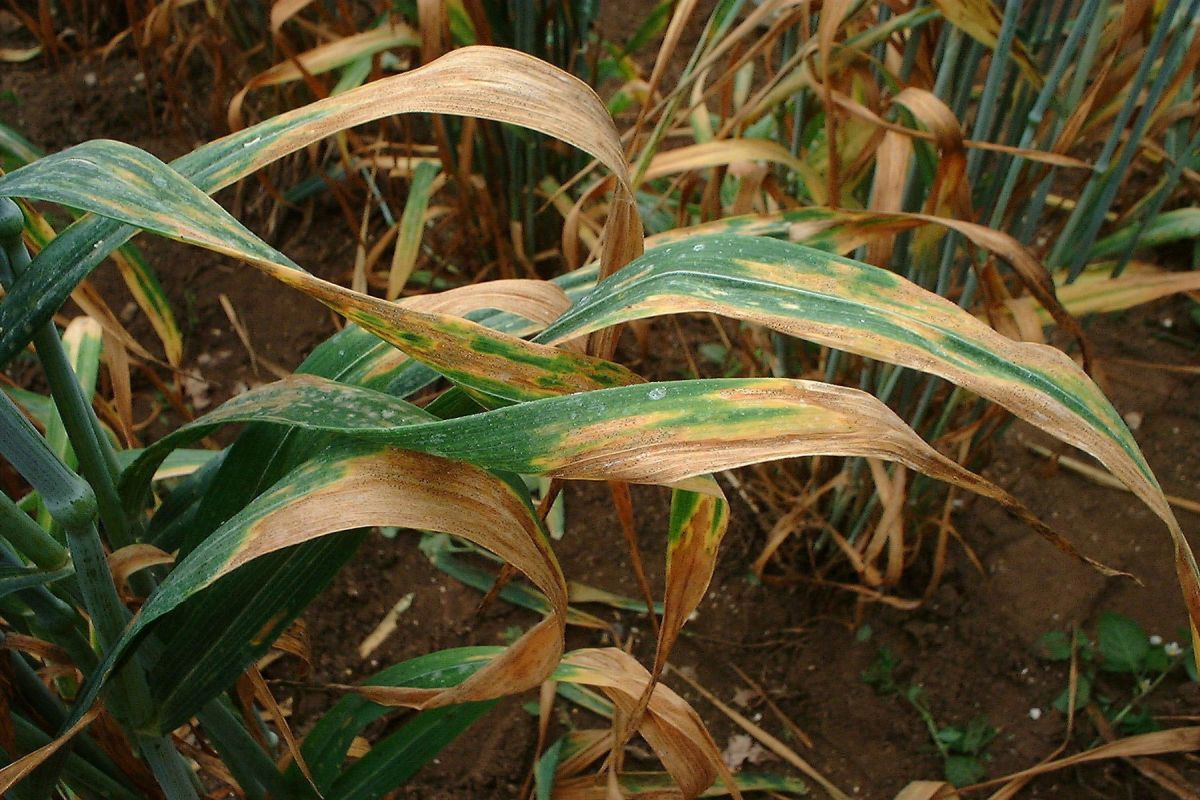
Wheat rust, a family of fungal diseases that can cause crop losses of up to 100 percent in untreated susceptible wheats, is making further advances in Europe, Africa and Asia.
According to two new studies produced by scientists in collaboration with UN's Food and Agriculture Organisation (FAO), they show the emergence of new races of both yellow rust and stem rust.
"These new, aggressive rust races have emerged at the same time that we're working with international partners to help countries combat the existing ones, so we have to be swift and thorough in the way we approach this," said FAO Plant Pathologist Fazil Dusunceli.
"It's more important than ever that specialists from international institutions and wheat producing countries work together to stop these diseases in their tracks, that involves continuous surveillance, sharing data and building emergency response plans to protect their farmers and those in neighboring countries."
The already established Warrior(-) race of yellow rust - which came onto scientists' radars in Northern Europe and Turkey a few years ago - continued its aerial march in 2016 and is now widely present in Europe and West Asia.
'Source of food and livelihood'
The findings were highlighted in the journal Nature following their publication by Aarhus University and the International Maize and Wheat Improvement Center (CIMMYT).
Wheat is a source of food and livelihoods for over 1 billion people in developing countries. Northern and Eastern Africa, the Near East, and West, Central and South Asia – which are all vulnerable to rust diseases - alone account for some 37 percent of global wheat production.
Wheat rusts spread rapidly over long distances by wind.
If not detected and treated on time, the disease can turn a healthy looking crop, only weeks away from harvest, into a tangle of yellow leaves, black stems and shriveled grains.
Fungicides can help to limit damage, but early detection and rapid action are crucial. So are integrated management strategies in the long run.
'International collaboration crucial'
The findings of the Aarhus study build on training sessions conducted in 2016 in collaboration between the International Center for Agricultural Research in the Dry Areas (ICARDA), Aarhus university, CIMMYT and FAO.
The training, which will be repeated this year, allows rust experts to strengthen their surveillance and management skills, coupled with surveys and collection of rust samples for tests and analysis by Aarhus University. The recently established Regional Cereal Rust Research in Izmir, Turkey, will host the training.
These efforts have been part of FAO's four-year global wheat rust program, which facilitates regional collaborations and offers support to individual countries eager to boost their surveillance capacity.
It also helps countries act swiftly to control outbreaks before they turn into epidemics and cause major damage to food security. But further research, particularly into breeding resistant varieties, and national response plans need to be backed by adequate resources.
